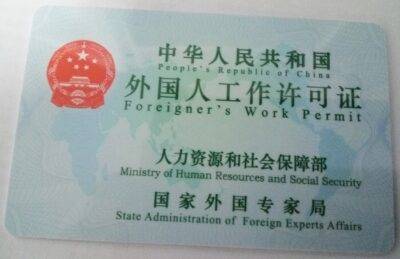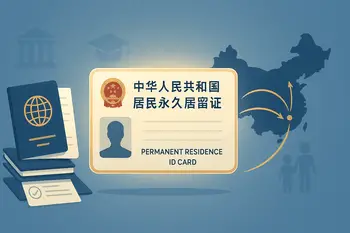
This article will provide a comprehensive overview of the classification system of China work permit and explain what each category entails.
Navigating the process of obtaining a China Work Permit can be complex, especially with the classification system that divides permits into three categories: A, B, and C. Each category has distinct criteria and is designed to attract different types of foreign talent.
The Classification System
China’s work permit system, implemented in 2017, categorizes foreign workers into three groups based on a points system. This system evaluates factors such as salary, education, work experience, Chinese language proficiency, and age.
The primary goals are to attract top-tier talent, streamline the application process, and ensure fair treatment of international personnel.
Category A: High-Level Talent

Who Qualifies?
Category A is reserved for high-level experts and professionals deemed critical to China’s development. This includes:
- High Income Earners: Individuals earning more than 600,000 RMB annually and paying income tax on it.
- Internationally Recognized Achievements: Recipients of prestigious international awards in fields like science, arts, sports, and literature.
- Entrepreneurial Talent: Successful entrepreneurs with a proven track record of innovation.
- Government-Encouraged Roles: Positions designated as essential by the Chinese government.
- National Talent Plan: Individuals recognized through China’s National Talent Plan.
Benefits
Applicants in Category A enjoy several advantages, such as:
- No age, education, or work experience restrictions.
- Faster application processing.
- Fewer documentation requirements.
Category B: Professional Talent

Who Qualifies?
Category B is for skilled professionals who meet specific educational and work experience criteria. This includes:
- Bachelor’s Degree Holders: Individuals with a bachelor’s degree and at least two years of full-time work experience in their field.
- Master’s Degree Holders: Graduates from Chinese universities or top 100 universities worldwide.
- Foreign Language Teachers: Native speakers with a bachelor’s degree and at least two years of teaching experience.
Benefits
Category B applicants benefit from:
- Standard processing times.
- Clear guidelines on qualifications and experience.
Category C: Low-Skilled Workers

Who Qualifies?
Category C is for temporary or seasonal workers and those in low-skilled positions. This includes:
- Seasonal Workers: Individuals employed for short-term or seasonal work.
- Interns and Trainees: Those participating in internships or training programs.
- Other Low-Skilled Workers: Positions that do not require high levels of education or experience.
Benefits
While Category C has fewer benefits compared to A and B, it provides opportunities for those seeking temporary employment in China.
Application Process
The application process for each category involves several steps:
- Pre-Application: Determine the appropriate category based on qualifications and gather necessary documents.
- Online Application: Submit the application through the official Chinese government portal.
- Verification: Authorities review the application and verify the information provided.
- Approval: Once approved, the applicant receives a notification and can proceed with obtaining a work visa (Z).
Conclusion
Understanding the different categories of China work permits is crucial for anyone planning to work in the country.
Whether you are a high-level expert, a skilled professional, or seeking temporary work, knowing which category you fall into can simplify the application process and increase your chances of success.
By meeting the specific criteria for each category, you can navigate the system more effectively and take advantage of the opportunities China has to offer.


